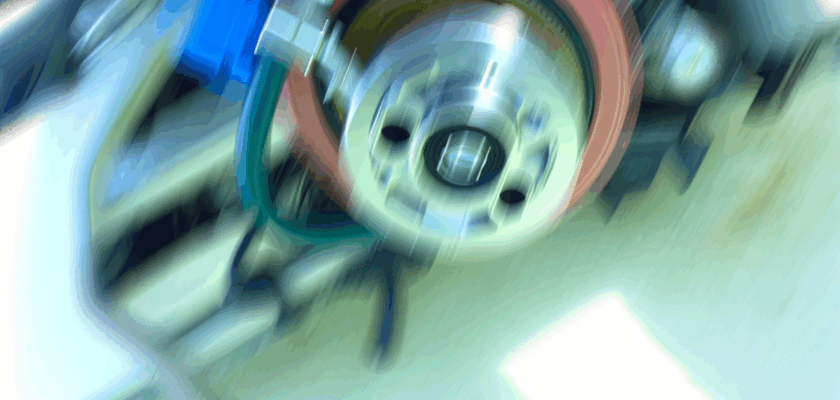Seals and gaskets are critical components in numerous mechanical and industrial applications, providing essential barriers against leaks, contaminants, and pressure loss. However, their performance can degrade if they are stored improperly or for extended periods. Before putting these components back into service, it is vital to conduct thorough inspections to verify their condition and ensure reliability. This article outlines how to check seals and gaskets after storage, highlighting key inspection points and procedures to maintain their integrity.
Inspecting Seals and Gaskets for Damage After Storage
The first step in assessing seals and gaskets after storage is a detailed visual inspection. Look for visible signs of wear such as cracks, tears, or deformation caused by compression set or environmental exposure. Discoloration or brittleness may also indicate material degradation due to factors like UV light, ozone, or temperature fluctuations during storage. Using a bright light and magnification can help identify subtle imperfections that could compromise the sealing function.
In addition to visual cues, physical testing by gently flexing or compressing the materials helps determine elasticity and flexibility. Gaskets and seals should return to their original shape without any permanent deformation. If the material feels unusually hard, stiff, or crumbly, it is likely that the component has aged beyond its usable life. At this stage, it is essential to compare the item against known specifications or reference samples to confirm it still meets the required standards.
Environmental contaminants such as dust, oil, or chemical residues can also accumulate on seals and gaskets during storage. Cleaning the surfaces with appropriate solvents or mild detergents before reuse is crucial to avoid compromised sealing. Any residue left unchecked could lead to leaks or premature failure. Taking the time to inspect and clean ensures that the components maintain their designed properties and can perform effectively once installed.
Key Steps to Ensure Seal and Gasket Integrity Post-Storage
After inspection, documenting the condition of the seals and gaskets is a necessary step to maintain quality control. Record any defects or deviations from original specifications, noting batch numbers or storage conditions that might have contributed to degradation. This documentation is invaluable for tracking trends in component longevity and improving storage protocols in the future.
Proper handling techniques should be employed to avoid introducing new damage during installation. Using gloves to prevent contamination from oils and dirt on hands, and ensuring that tools do not nick or deform sealing surfaces, are simple but effective precautions. Additionally, verifying that storage conditions such as temperature, humidity, and packaging were within recommended limits can help explain any observed damage and guide improvements.
Finally, if there is any doubt about the integrity of seals and gaskets, it is prudent to replace them rather than risk failure. The cost of new components is small compared to the potential damage caused by leaks or mechanical breakdowns. Integrating a routine inspection and replacement schedule into maintenance plans optimizes equipment reliability and safety over time.
Seals and gaskets may seem small, but their role in system integrity is immense. Proper inspection and maintenance after storage are essential steps to ensure these components continue to perform as expected. By carefully assessing for damage, documenting findings, and handling with care, industries can prevent costly failures and extend the life of their critical sealing elements. Prioritizing these practices safeguards both equipment and operational efficiency in the long run.

